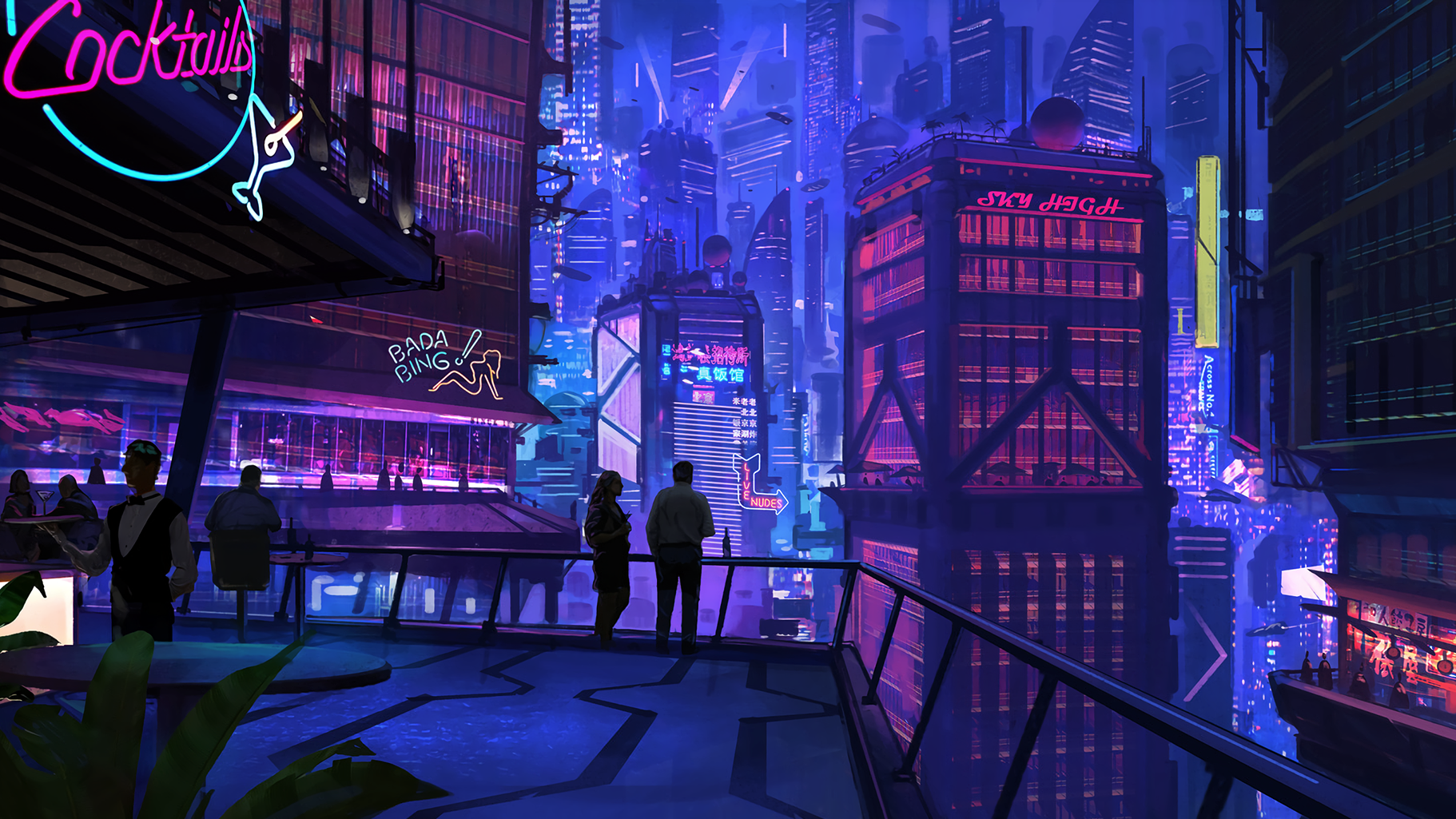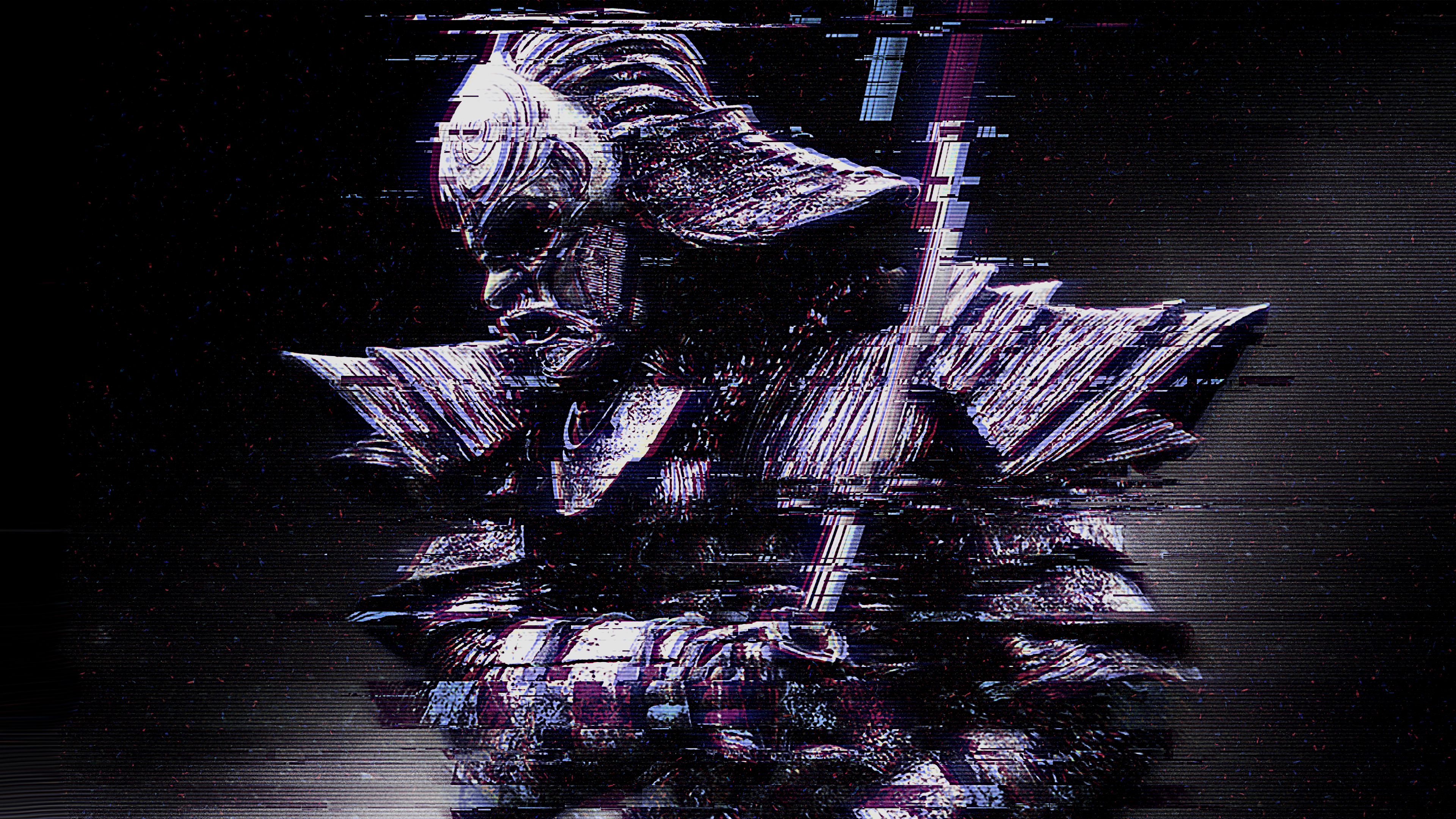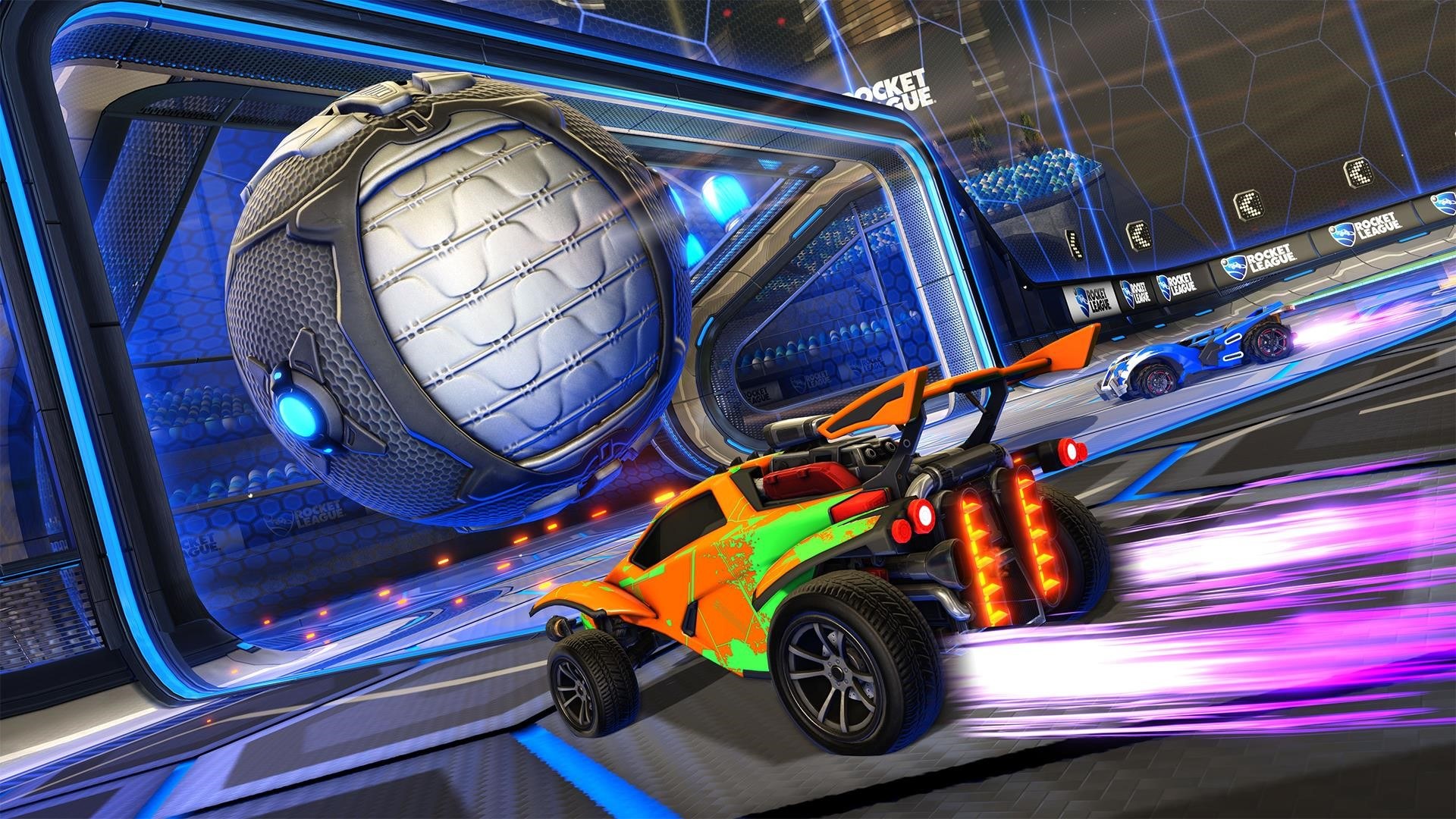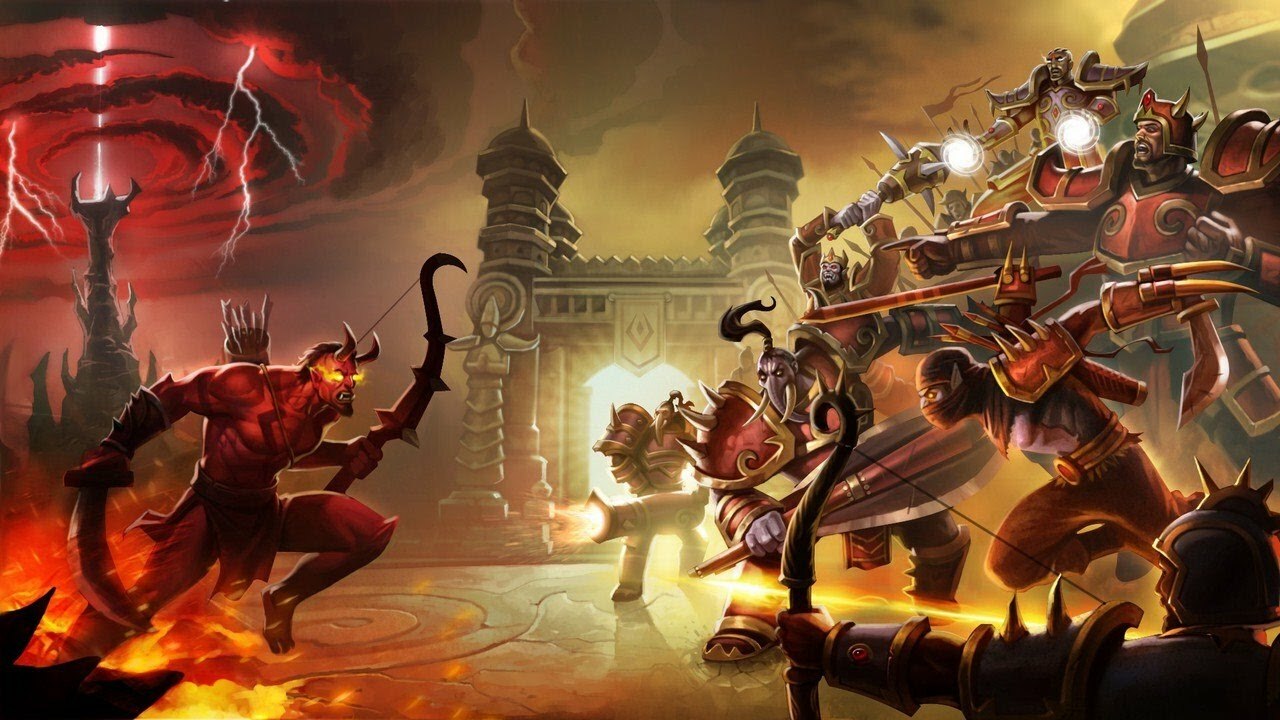Have you been thinking lately, “I need a new graphics card” because your favorite games are lagging and everything looks weird? You're not alone—and we might have the solution!

"But can it run Crysis?" Many of you are familiar with this meme, which is burned into the minds of most gaming veterans. However, what was the exception back then is now becoming the norm for most AAA games. In this article, we'll discuss some of the factors that prevent you from playing the games you're so interested in lately, even with the latest hardware.
Are You Among The Top 10%?
Steam regularly conducts surveys and analyses to evaluate player hardware. Statistics show that only 10% of all players meet the recommended hardware requirements for many current triple-A games. While back then you could get by with your RX 970 for years, a different trend is emerging today. It's becoming increasingly common that you can't even achieve stable frame rates with graphics cards of the current or last generation, even though you just sold a kidney to buy them. This isn't a conspiracy planned by AMD and NVIDIA, but rather the fault of game developers. You can see the latest hardware survey for yourself here.
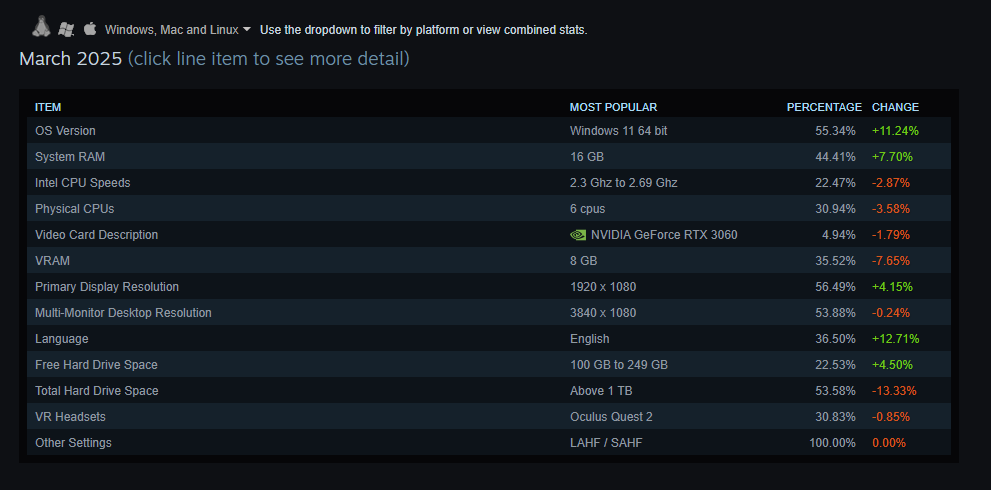
Ray Tracing: It's Impossible To Ignore
Nowadays, there's hardly a hardware presentation where you don't hear the word “ray tracing” at least 30 times. Ray tracing is, as the name suggests, a technique for calculating lighting effects. Ray tracing simulates the path of individual rays of light by calculating how they hit objects, are reflected, or refracted. This technique has been used in the film industry since the late 1990s, but with the help of better computer hardware, we are now able to display it in real time. While game developers used to incorporate unique lighting effects (we love you, Half-Life 2), today they simply rely on this light simulation.

AI Everywhere
Another point is what is known as upscaling. Whether we are talking about DLSS, FSR, or XeSS, it works the same way at its core: Instead of rendering the game directly in 4K resolution, for example, the AI simply takes a lower resolution and tries to add details to the image so that the result looks almost as good as real 4K. For many gamers, however, this is just a trick, as it leads to artifacts and flickering, especially during fast movements. However, for game developers, this is another point they can rest on their laurels. “Why should I optimize my game for 4K when everyone uses upscaling anyway?”

Just Imagine A Few Frames Extra
While we're on the subject of artifacts and image errors: frame generation has unfortunately not turned out to be a nice extra, but rather a necessity. All that AI-driven frame generation does is create an additional, completely new frame between two rendered frames based on motion data. However, even AI cannot know what you are planning to do next. This leads to input delays and - you guessed it - image errors, especially during fast movements. The problem is that the additional frames generated cannot respond to user input.

Unreal Engine 5 For Everything
Unreal Engine 5 looked so promising when Epic Games unveiled it to us in 2020. Never before have games looked so razor sharp, detailed, and beautifully lit. The engine has the potential to do everything you could possibly want from your perfect game. Unfortunately, you'll need several nuclear power plants to run these extremely complex processes (slight exaggeration). While developers sat down and did their best to optimize every aspect of the presentation so that it would run on your PC, today a lot will depend on UE5 being able to handle everything. A good example of a very well-optimized game is Metal Gear Solid 5. Using the Fox Engine, the game was designed to run smoothly on both PC and console while looking damn good.

What Happens Next?
While it is becoming increasingly difficult to improve native performance in hardware, it is up to developers to put the gaming experience back in the spotlight and make innovative technologies such as frame generation and upscaling an extra feature that can be used when performance is lacking, rather than forcing players to use them in order to have a reasonably smooth experience. Very few people can always afford the latest NVIDIA GPUs, and at the end of the day, what matters is what individual gamers say about the game, not news outlets reviewing it with what feels like a NASA data center.
How about you? Which games do you really want to play but can't because of your hardware?


